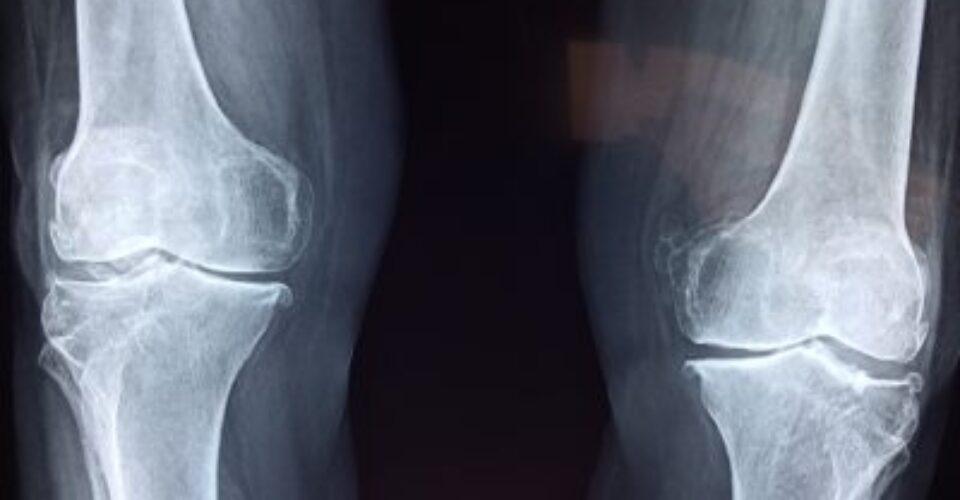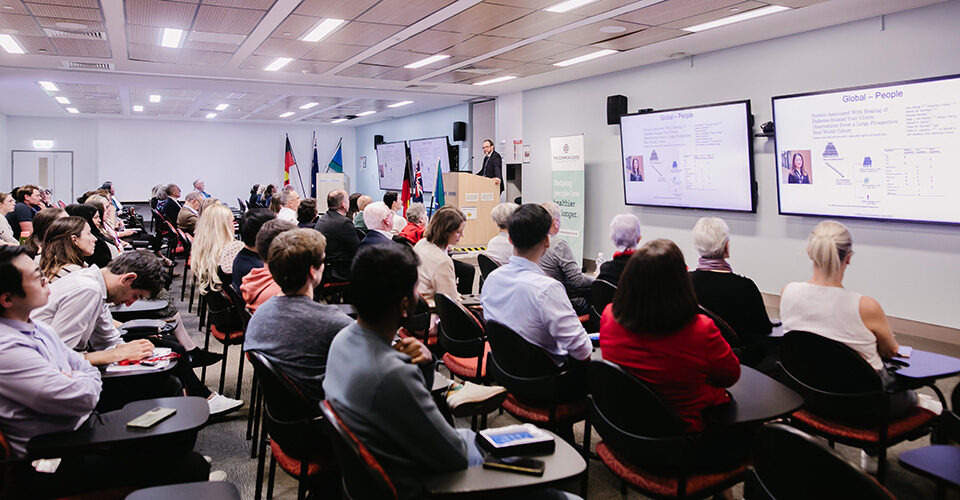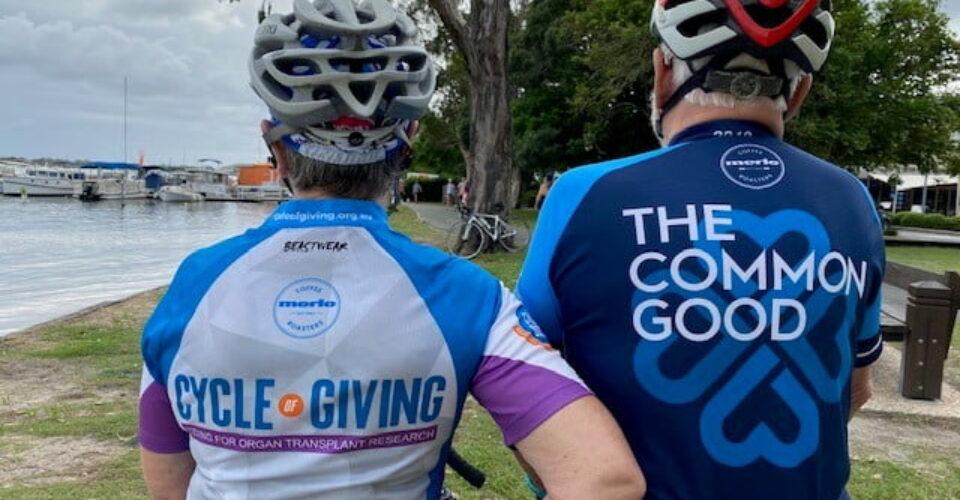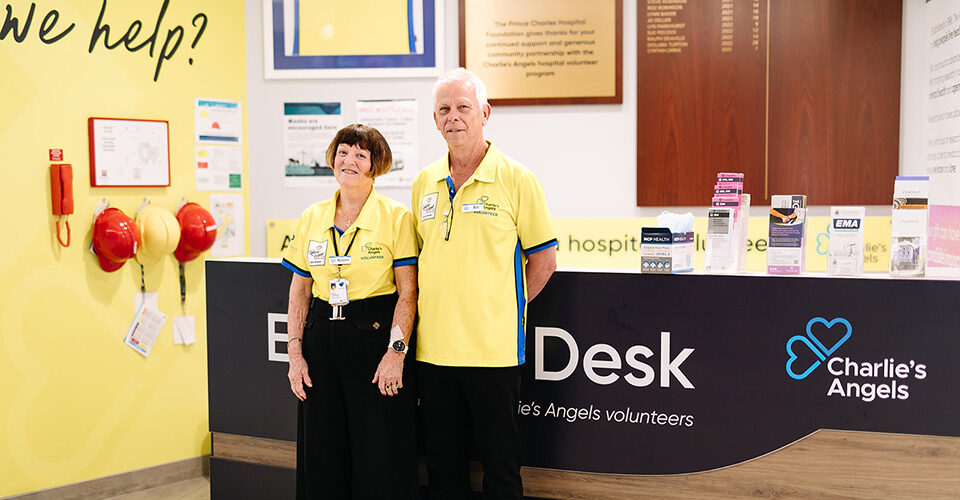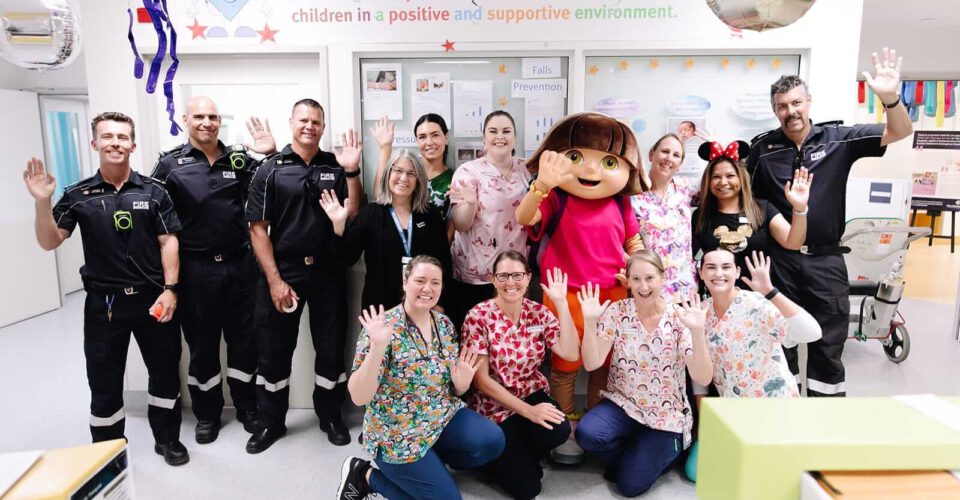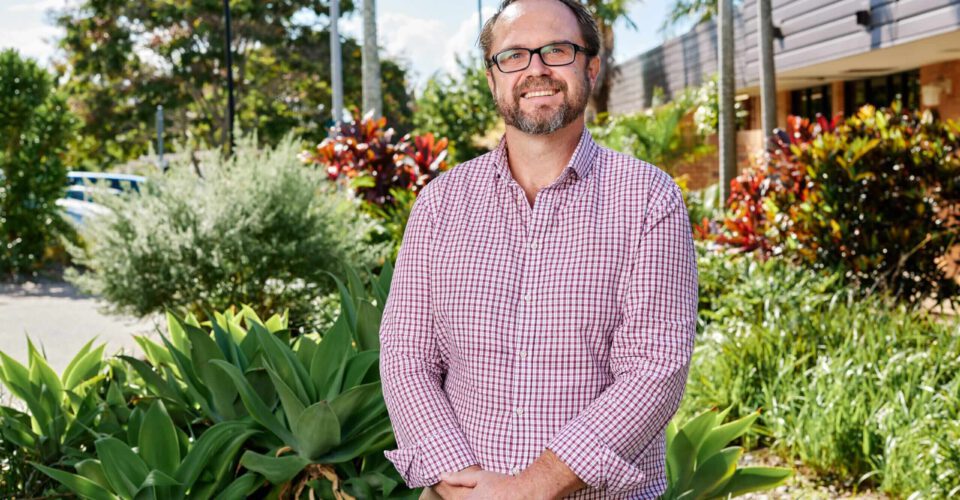Right now, you’re on a computer or scrolling through your phone, mostly likely without any pain or difficulty. Osteoarthritis is a reality for others.
If you’re one of the 1.8 million Australians with osteoarthritis, that may not be the case.
While many people don’t notice the effects of osteoarthritis, young researcher Maruf has had to watch his mother suffer from this disease for many years. It may not be fatal, but as he explains, it’s a horrible condition to live with that can drastically reduce the quality of life for its sufferers.
Just over a year ago Maruf started his research into osteoarthritis – the degenerative condition that affects 8% of Australians and makes simple tasks such as getting in and out of bed, or typing on a keyboard, excruciating. While there are a few other studies looking at the causes of osteoarthritis (such as high cholesterol levels), Maruf is specifically interested in how blood vessels form around a damaged joint.
When the cartilage in a joint begins to break down, its lack of blood vessels stops it from being able to self-repair. Logically it would make sense to increase blood vessels to the cartilage to try and heal it, but it turns out this is what the body already does – and it actually leads to further break down in the joint!
Maruf’s is the first study that has been aimed to clearly show images of this ‘neovascularization’ process happening. He is also interested to see how nerve networks form in a damaged joint, as theoretically nerves usually follow the blood vessels. Once this aim is achieved, he then can test whether certain molecules can stop this blood vessel and nerve formation, and prevent the aggravation of cartilage break down.
It could be one of only a few studies to understand the effects of blood vessels and nerves on osteoarthritis, and Maruf can’t wait to see the results.
